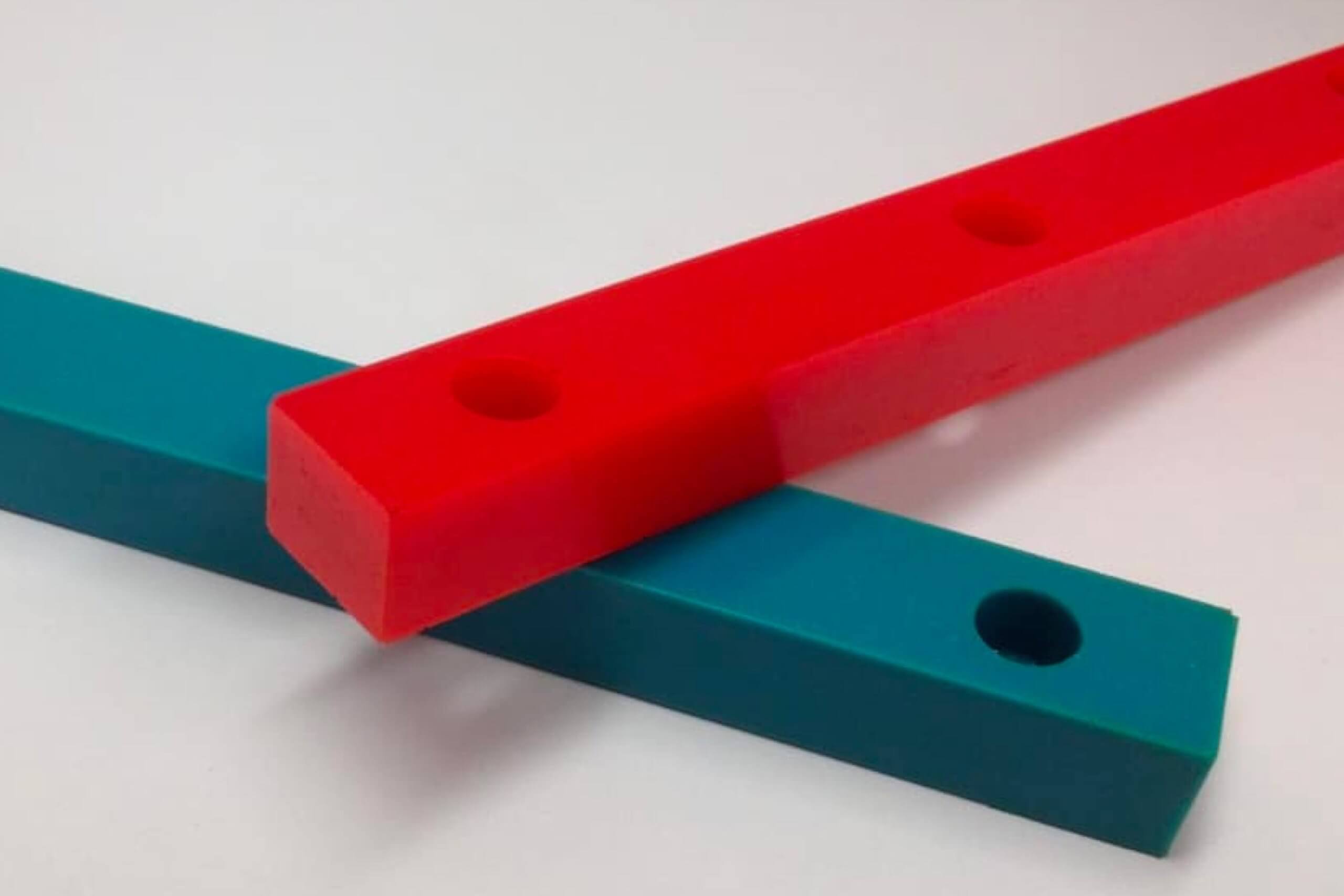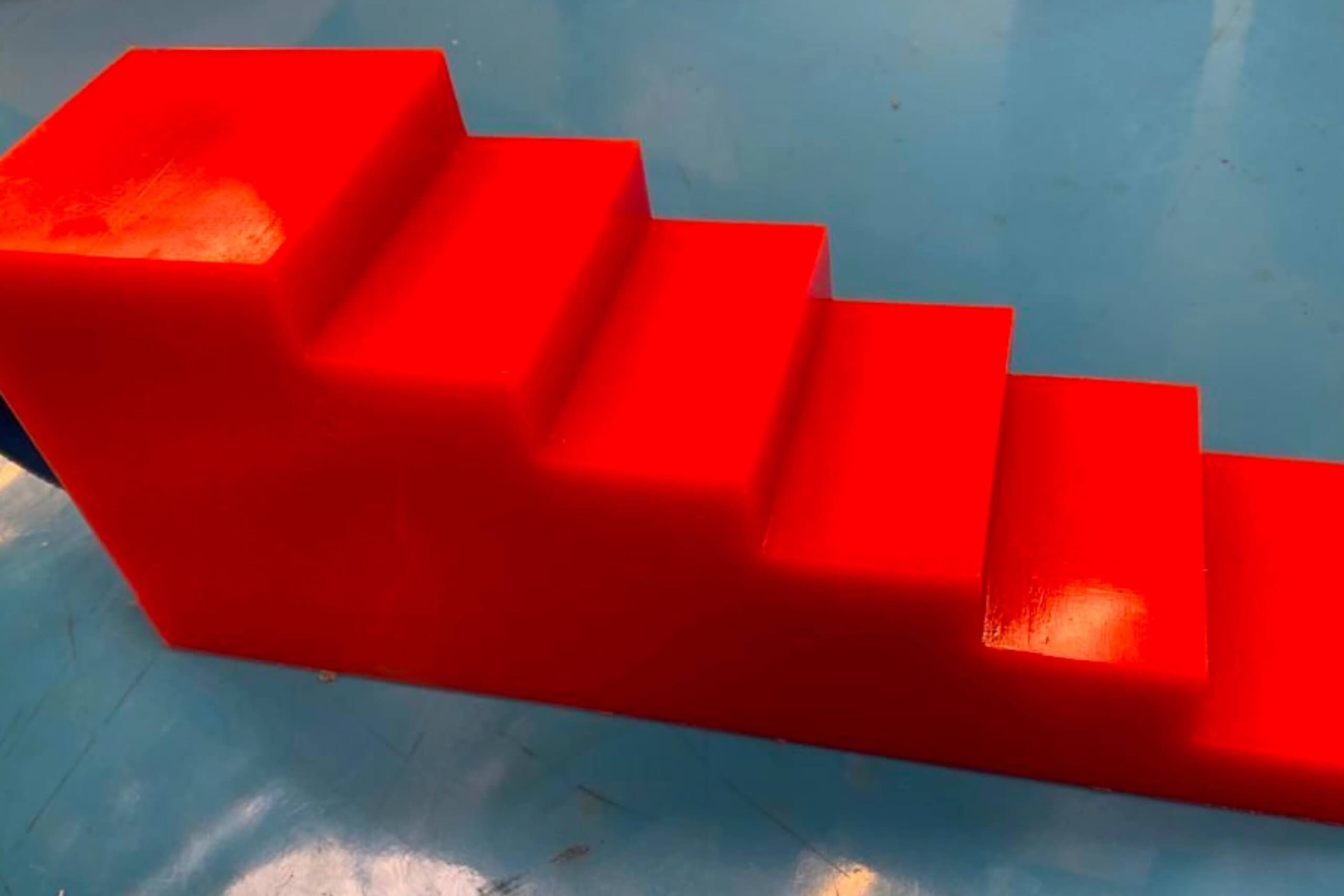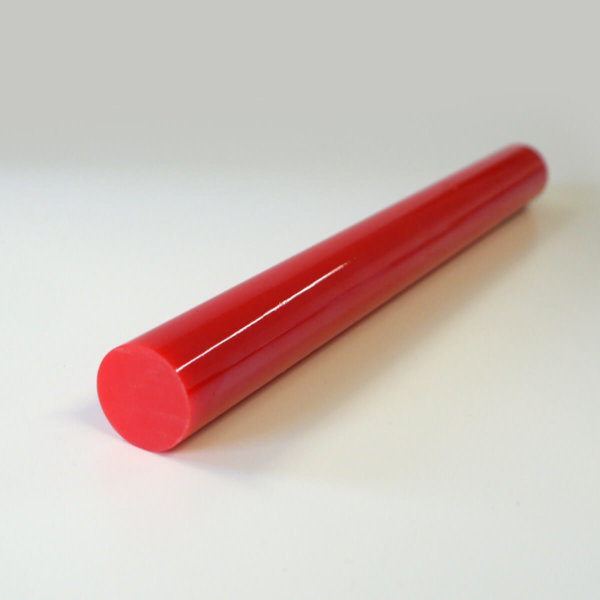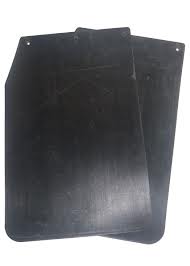With so much potential to unravel and with such a complex manufacturing process involved, we provide 5 incredible polyurethane facts to build specifier knowledge.
It’s absolutely everywhere these days. Polyurethane features in buildings, cars, playboxes, wardrobes and gardens, as well as featuring heavily in the wheels (and other parts) that drive industry.
Yet polyurethane and its diverse applications are still a mystery to many, and this material’s full potential is something even the team here are still exploring!
To show what a ground-breaking and innovative material it truly is, here are five incredible polyurethane facts.
1. It’s older than you think
Polyurethane is the material of choice for a diverse range of industry sectors seeking to innovate and manage costs. So, it’s easy to think of it – wrongly – as a highly modern material.
Who invented polyurethane, and when?
This extraordinarily versatile material for parts is often attributed to American chemist William Edward Hanford. He worked with Donald Fletcher Holmes in the 1930s on the catalytic process that achieves perfectly bonded polyurethane and patented this incredible invention in 1942.
However, you will also see the invention of polyurethane attributed to German chemist Dr Otto Bayer, who also worked on the concept in the 1930s. He is often referred to as the Father of polyurethane chemistry and received many patents and accolades for his work.
2. There are two main types of polyurethane
 It’s possible to manufacture polyurethane in an infinite range of ways, changing its structure and performance according to its blend of components, and the type of additives and catalysts used. However, the two main categories of PU are polyester and polyether.
It’s possible to manufacture polyurethane in an infinite range of ways, changing its structure and performance according to its blend of components, and the type of additives and catalysts used. However, the two main categories of PU are polyester and polyether.
These are both elastomers, and the biggest difference between polyester vs. polyether is their performance.
Polyester can withstand high temperatures for even longer, holding its shape and flawless surface. However, it’s less resistant to moisture than the other form of polyurethane.
Polyether has an increased ability to withstand cold temperatures and moisture, and it is also resistant to heat caused by friction, Making it an ideal material for fast-moving wheels, or outdoor applications, for example.
Working with a specialist provider of bespoke polyurethane products, you can confidently match any item’s performance with a polyurethane solution. As well as getting a part that is perfect in terms of dimensions and tensile properties.
Related article: What is street furniture and what is it made from?
3. Polyurethane is complicated to produce
 The advantages of polyurethane are clear, including significant reasons to choose it instead of rubber, plastic, metal or wood.
The advantages of polyurethane are clear, including significant reasons to choose it instead of rubber, plastic, metal or wood.
However, the actual process involved in manufacturing polyurethane is highly complex. Not least as there are so many ways to vary its tensile properties; from a version hard as metal to pliant and soft foams, and strong coatings.
The secret is in the incredible chemical reaction that creates polyurethane. It involves mixing a diisocyanate (or a polymeric isocyanate) with a polyol (which is an alcohol containing more than two reactive hydroxyl groups per molecule).
By varying the diisocyanate and additives, you can achieve extremely diverse results. All sharing polyurethane’s strong structural bond and unrivalled durability.
Getting the ideal PU blend for each task is a skilled process. You also need specialist equipment and experience to create customised polyurethane moulding.
Related article: What are conveyor belt wheels made from?
4. Polyurethane is 100% recyclable
This is probably the least known of all polyurethane facts! The whole topic of why polyurethane is sustainable needs to be publicised more. Especially as many part specifiers are seeking environmentally-sound solutions that still manage unit costs brilliantly.
Polyurethane is recyclable, produces no harmful fumes or residues, and involves a low energy manufacturing process. PU foam manufacturing requires carbon dioxide and water – highly sustainable ingredients!
Polyurethane is also a great insulator when you need materials that manage energy efficiency.
Read more: How the polyurethane industry helps the economy
5. Clear polyurethane topcoats offer vital benefits
As polyurethane is so commonly used for wheels, stops, bushes and other machinery and equipment parts – or as a foam in seating – its more innovative aspects can be overlooked. Including the possibility of using polyurethane as an adhesive agent or coating.
In fact, commissioning clear polyurethane as a topcoat is a great industrial opportunity. It can not only improve the appearance of items but will also protect the base coats. Remember, polyurethane is strong and resistant to moisture, moulds, abrasion, friction and extreme temperatures.
Polyurethane facts need to be seen, to be believed
We can throw many more polyurethane facts at you, as it’s a fascinating topic we are deeply passionate about. If this article has whetted your appetite for how customised polyurethane moulding can benefit your business, please get in touch.
Want to find out how much it will cost to make your products?




